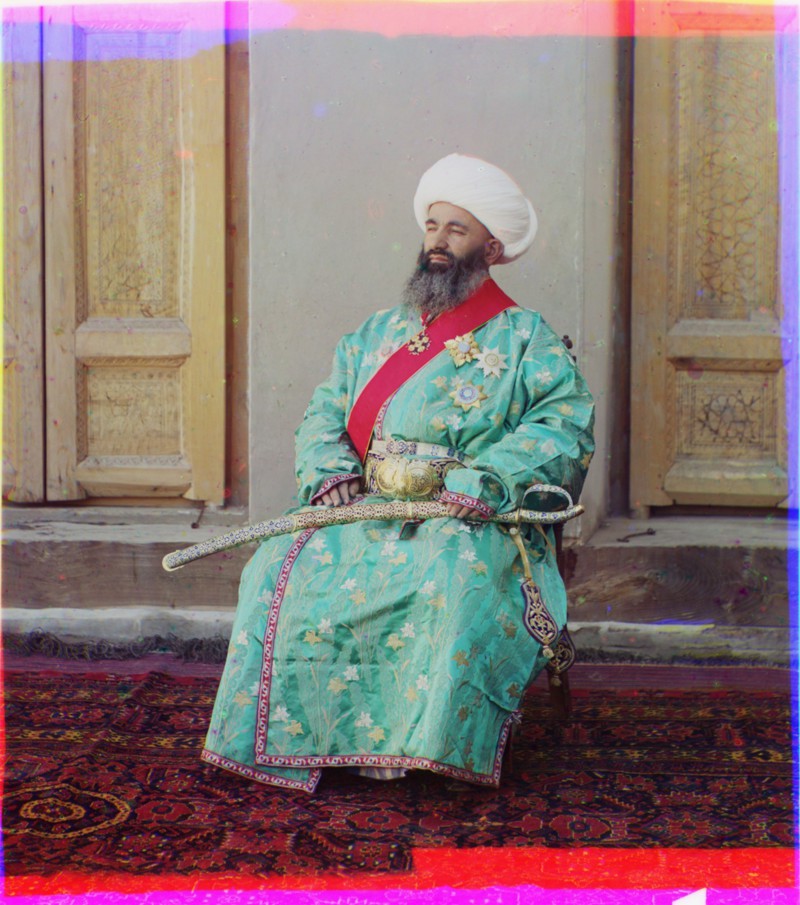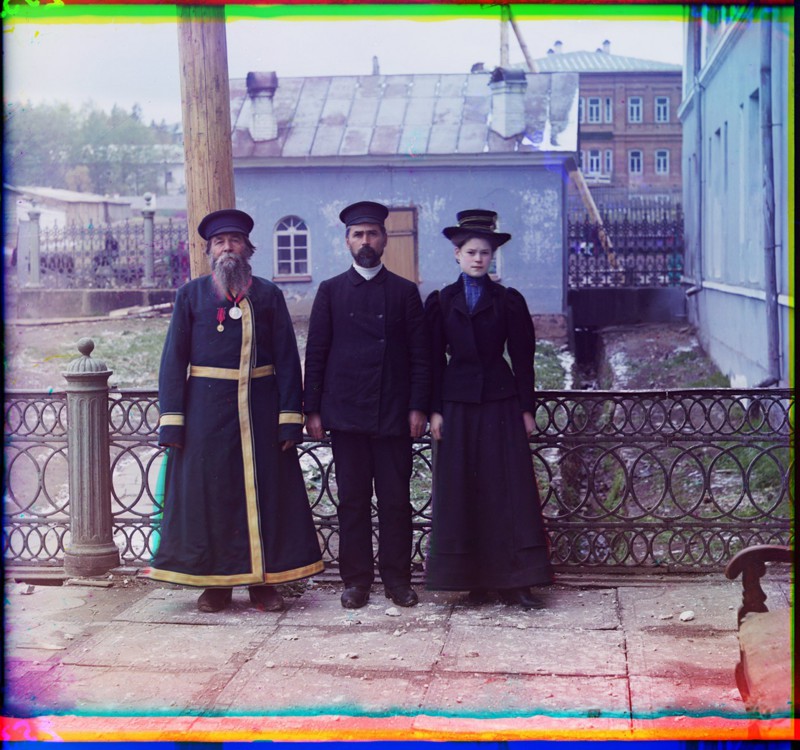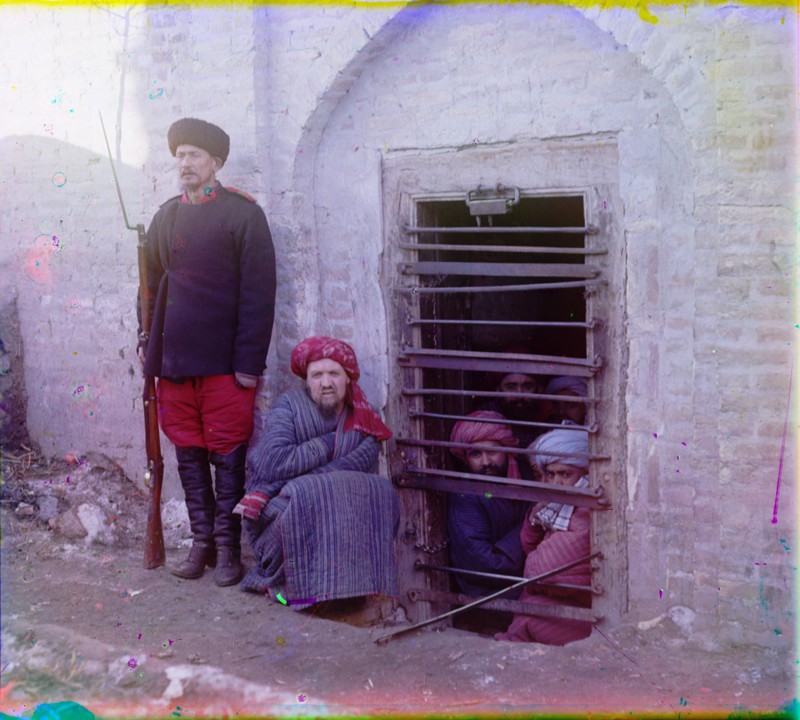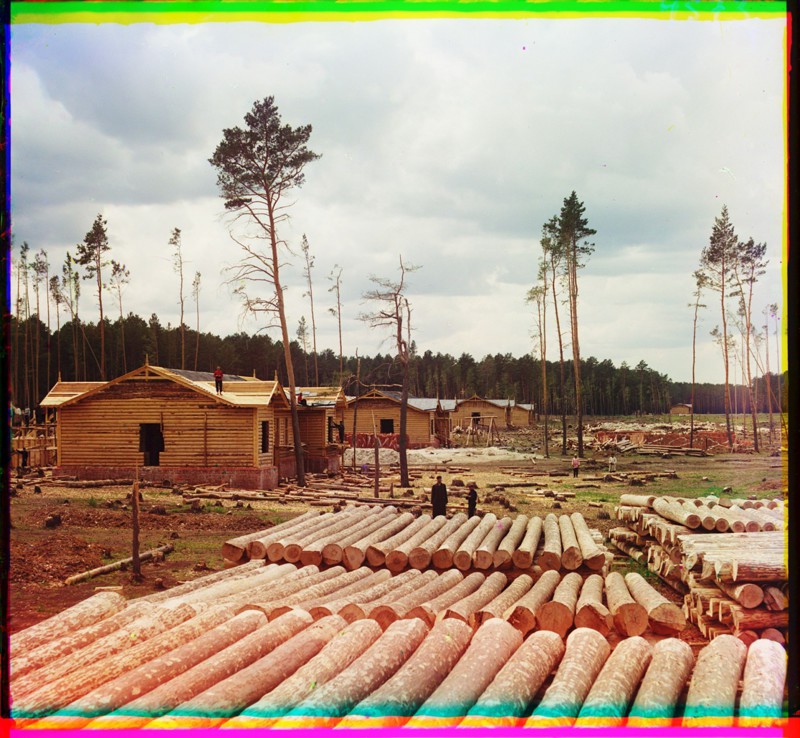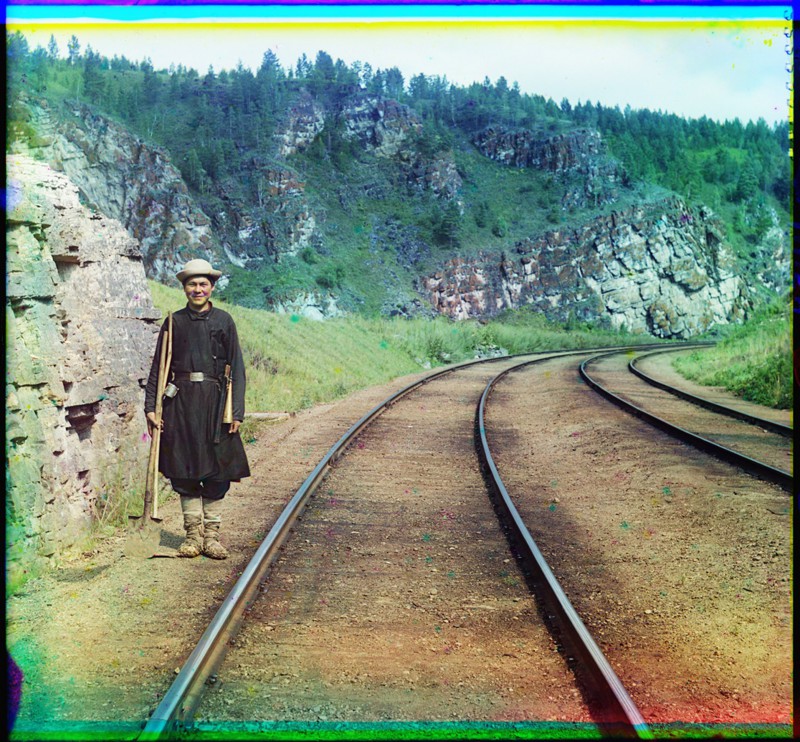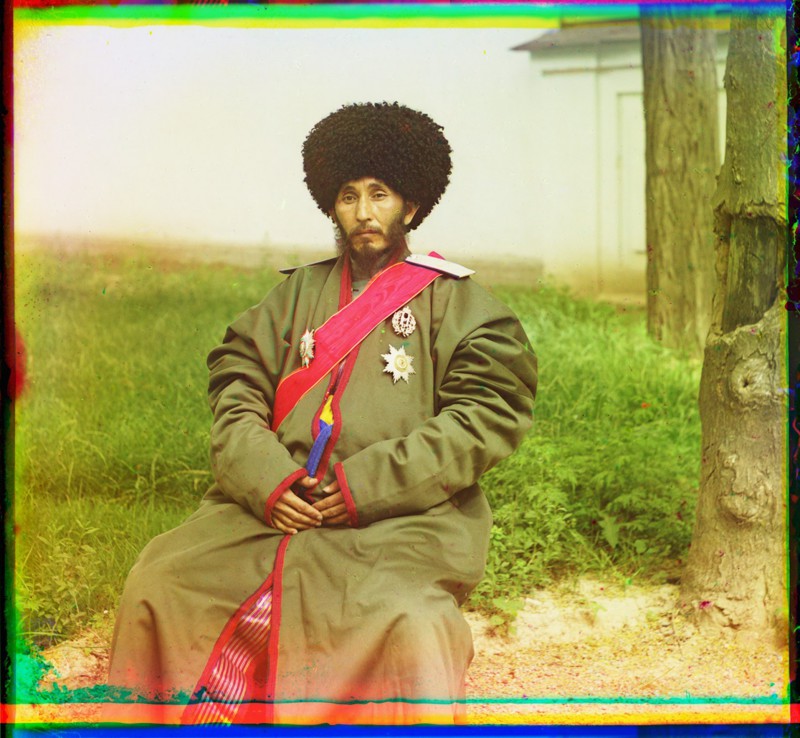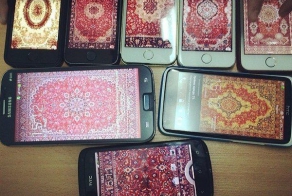30
16
Sergei Mikhailovich Prokudin-Gorskii was born near Moscow in 1863. Educated as a chemist, Prokudin-Gorskii applied his knowledge and skills towards the advancement of photography. He was especially interested in the reproduction of color, which at the time was a tedious and difficult process.
Sergei Mikhailovich Prokudin-Gorskii sits beside the Karolitskhali River. (1912)
Though some of his images date back to 1905, the bulk of his work documenting the Russian empire of Tsar Nicholas II took place between 1909-1915. Prokudin-Gorskii’s color photos were recorded as “separation negatives” on black and white glass plates. The camera he used made three sequential exposures through blue, green and red filters. He then printed these negatives as positives, which he inserted into a magic lantern to project and superimpose the frames back through the same combination of filters. The result was a full color reproduction of the original scene.
Catholic Armenian women in customary dress. (between 1905 and 1915)
The bulk of this project took place from 1909 to 1915, when Prokudin-Gorskii traveled about the land in a railroad car outfitted as a darkroom, provided to him by the tsar.
Pinkhus Karlinskii. 84, supervisor of the Chernigov floodgate, with 66 years of service. (1909)
Prokudin-Gorskii left Russia in 1918 after the revolution. He eventually settled in Paris, where he died in 1944. The Library of Congress purchased the collection from his sons in 1948.
Three young women offer berries to visitors to their izba, a traditional wooden house, in a rural area along the Sheksna River, near the town of Kirillov. (1909)
The Sergei Mikhailovich Prokudin-Gorskii collection of the Library of Congress has 1,902 of these black and white glass triple-frame plates, as well as several thousand sepia toned and color prints.
Digital color composites for these images were made for the Library of Congress by Blaise Agüera y Arcas in 2004. Images are courtesy of the Library of Congress.
Digital color composites for these images were made for the Library of Congress by Blaise Agüera y Arcas in 2004. Images are courtesy of the Library of Congress.
Studies on Lindozero. The breed of dog is a Laika. (1915)
Jewish children with a teacher. Samarkand. (between 1905 and 1915)
Wooden Church of the Transfiguration of Our Lord. The village of Pidma. [Russian Empire] (1909)
Girl with strawberries. (1909)
Armenian women in holiday attire. [Artvin] (between 1905 and 1915)
Kush-Beggi, Minister of the Interior, Bukhara. (between 1905 and 1915)
Three generations. A.P. Kalganov with son and granddaughter, who work in the shops of the Zlatoust arms plant. (1910)
Zindan prison, with inmates looking out through the bars and a guard with Russian rifle, uniform, and boots, Central Asia. (between 1905 and 1915)
Railroad construction on the Shadrinsk-Sinara railroad near the city of Shadrinsk. (1912)
A switch operator poses on the Trans-Siberian Railroad near the town of Ust Katav on the Yuryuzan River. (1910)
Man in uniform beside building, yurt in background. (between 1905 and 1915)
Isfandiyar, Khan of the Russian protectorate of Khorezm (Khiva). (between 1910 and 1915)
Source:
Ссылки по теме:
- What`s happening in Siberia?
- Enchanting Portraits of Fairytale Scenes Featuring Wild Animals
- Only in Russia
- Ukrainian Photographer Brings Fairytales To Life
- Electric Neon Photography by Hid Saib Neto
Tags: photography russia
реклама


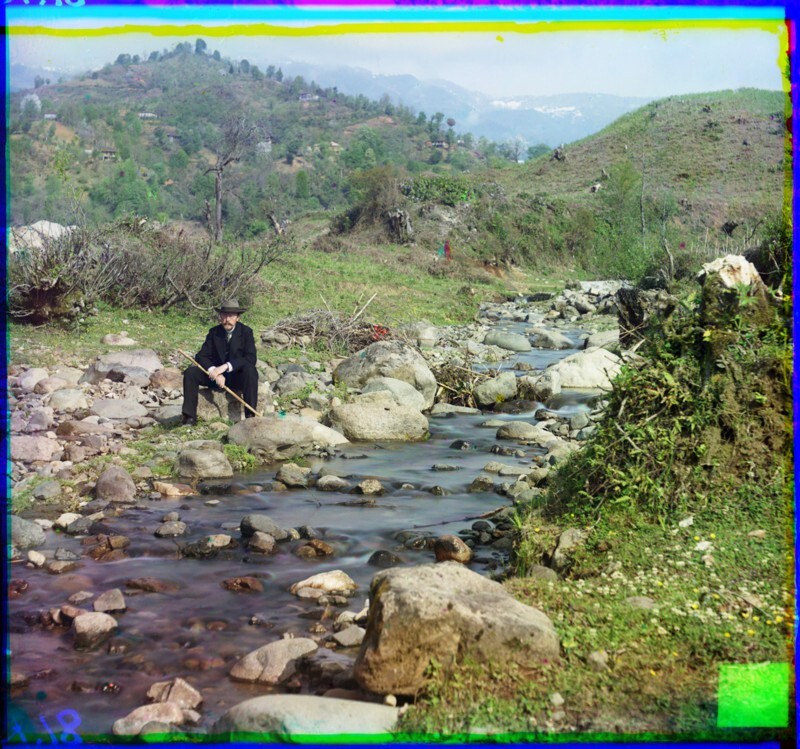

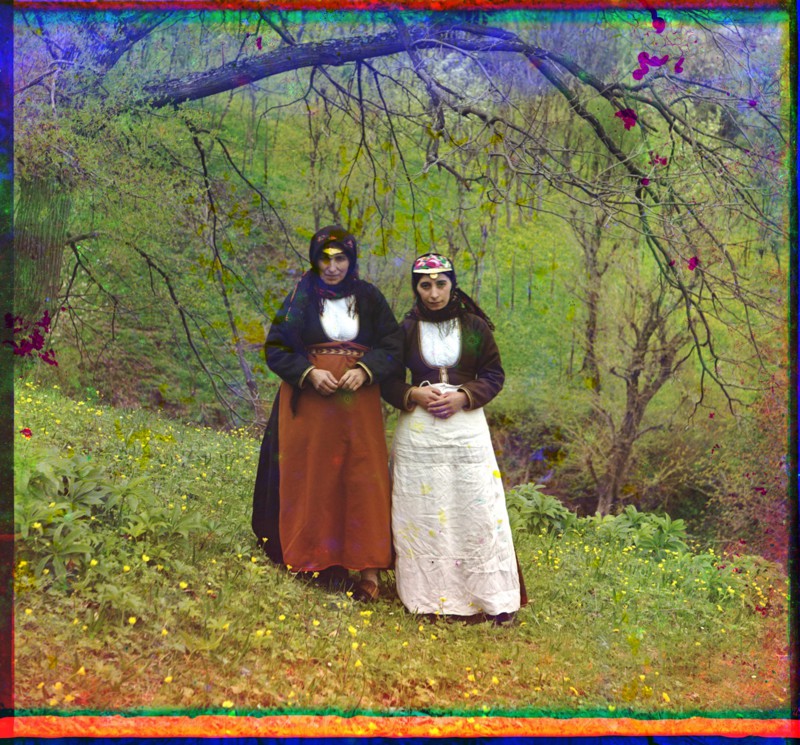
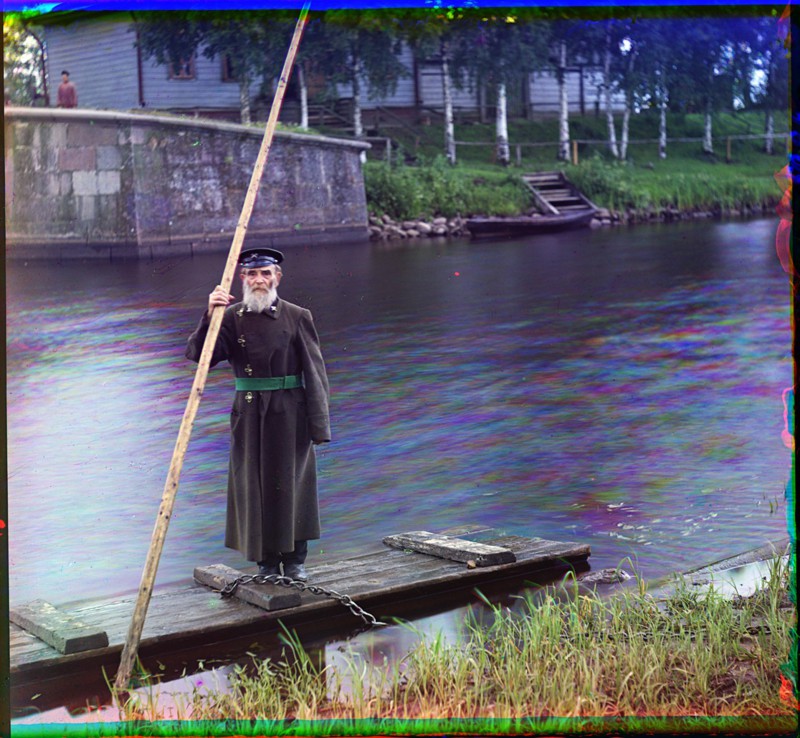
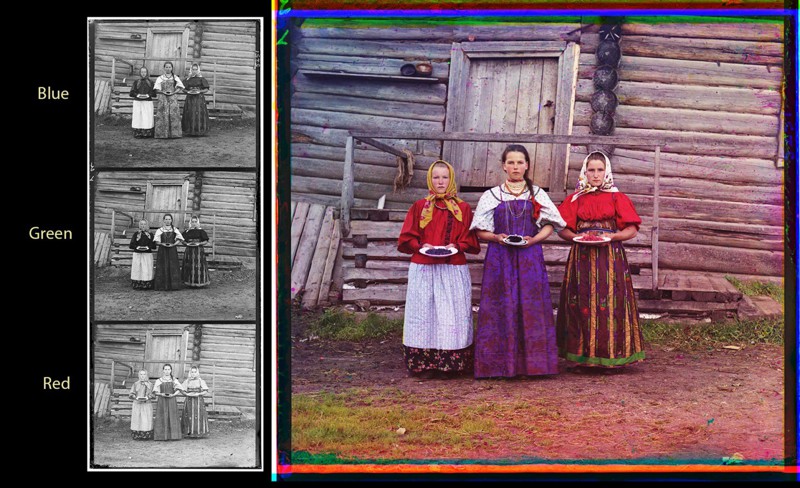
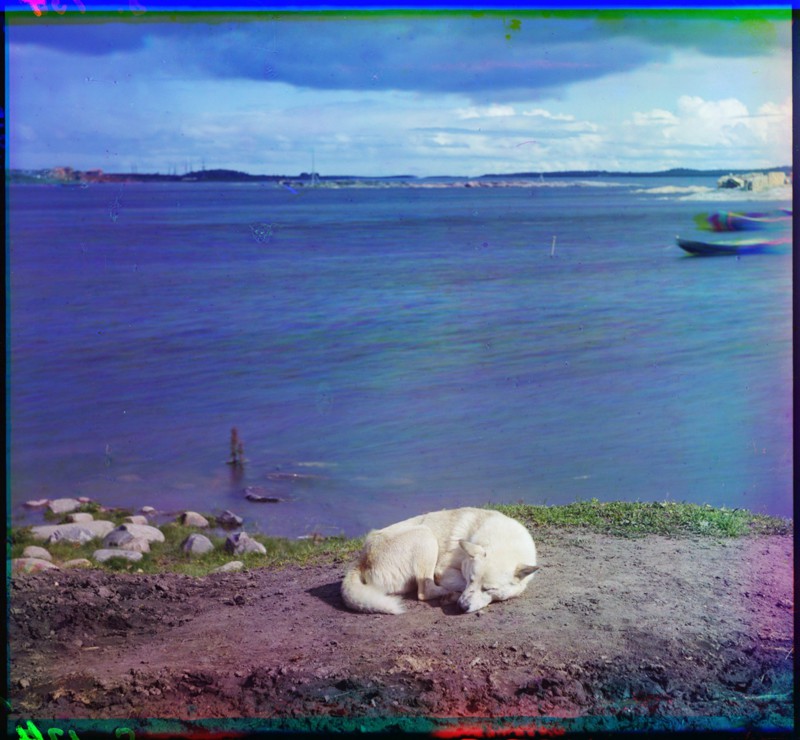
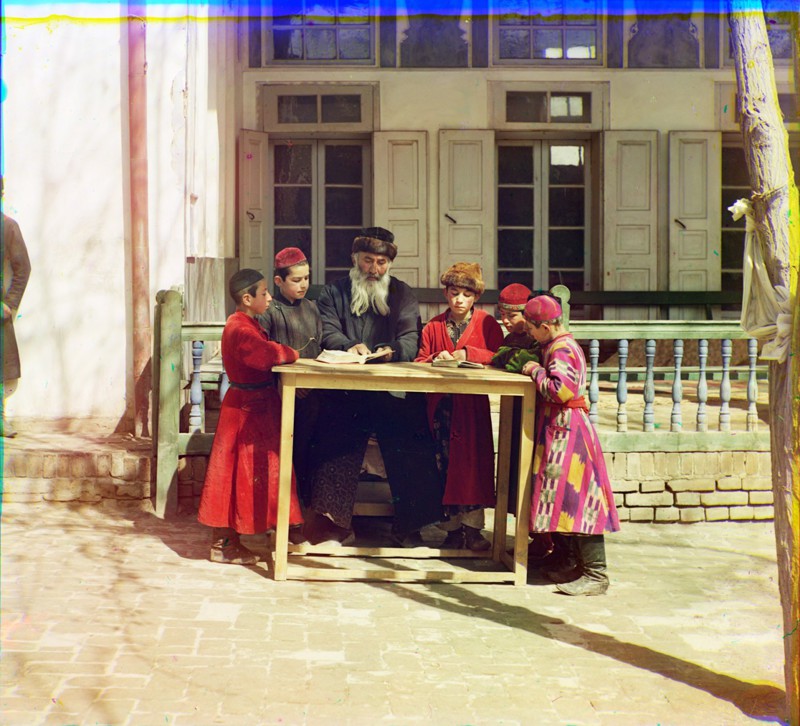
![Wooden Church of the Transfiguration of Our Lord. The village of Pidma. [Russian Empire] (1909) Wooden Church of the Transfiguration of Our Lord. The village of Pidma. [Russian Empire] (1909)](https://s.fishki.net/upload/en/2016/04/21/1926935/tn/59bebffd3286d3ec35564a10e46db84a.jpg)
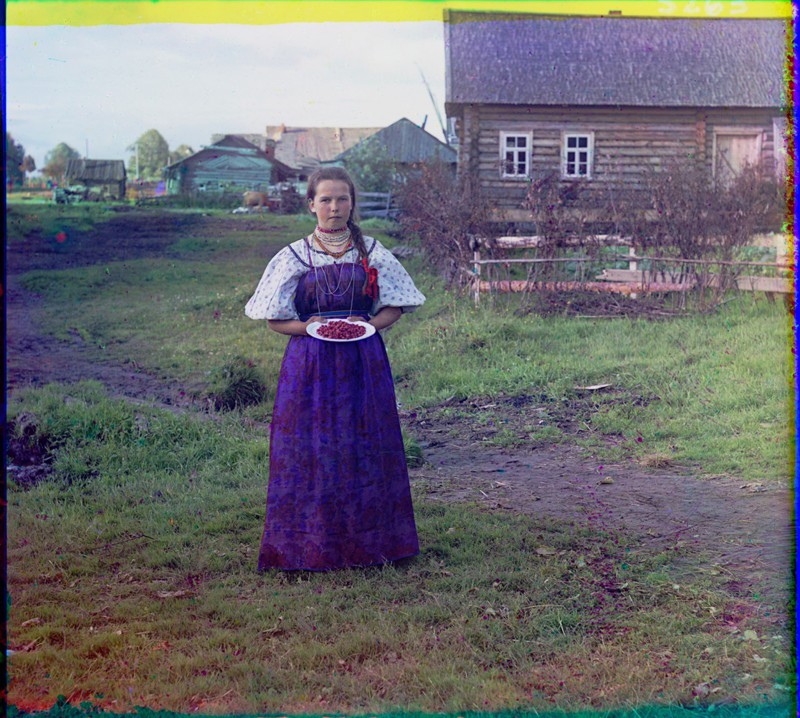
![Armenian women in holiday attire. [Artvin] (between 1905 and 1915) Armenian women in holiday attire. [Artvin] (between 1905 and 1915)](https://s.fishki.net/upload/en/2016/04/21/1926935/tn/febfc94fb72811265103bdb7a93c9727.jpg)
